Exploding rocks: the UK’s first Selfrag machine
BGS’s new Selfrag machine is helping to unearth the history of rocks.
09/03/2021
Rocks tell stories. There are chapters about ancient lifeforms, from the microscopic to the very large, chapters about past climate, about the birth of mountain ranges and whole continents, and about the resources that fuel our modern world. To read the chapters, we have to break the rocks down to their constituent elements. This is a rather inefficient process, which involves loud noises, lots of dust, and heavy machinery with moving parts, none of which are particularly good for the health of the scientist involved. More importantly, this is a process that often destroys fragile fossils and minerals. Information is lost and the story gets muddled.
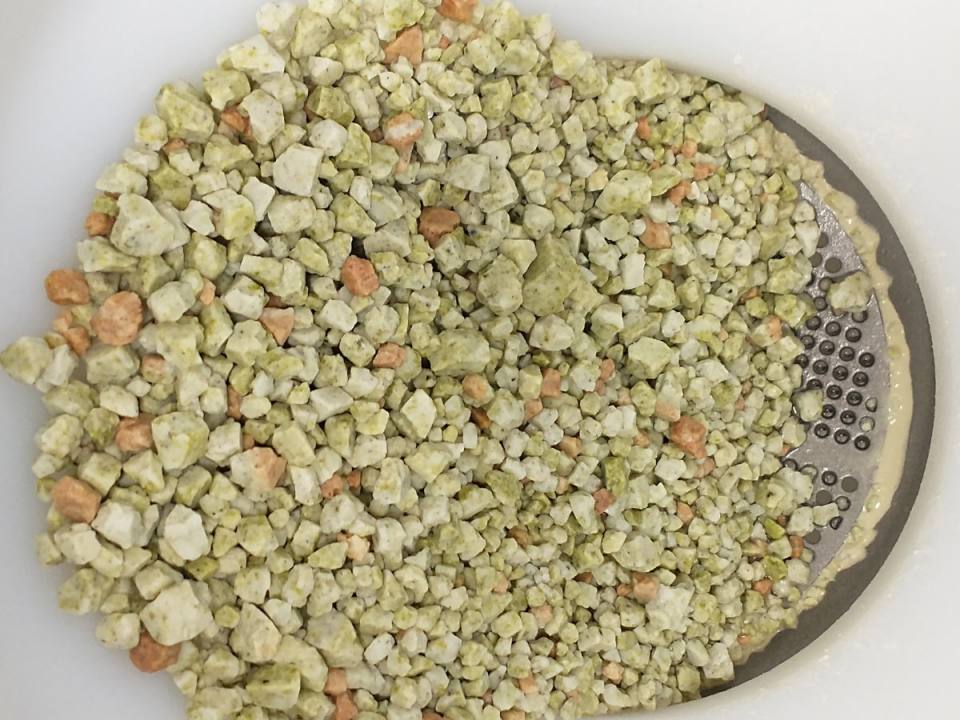
The Selfrag fragments rocks along the boundaries between different types of crystals. The different colours correspond to different minerals. Source: © Diana Sahy / BGS
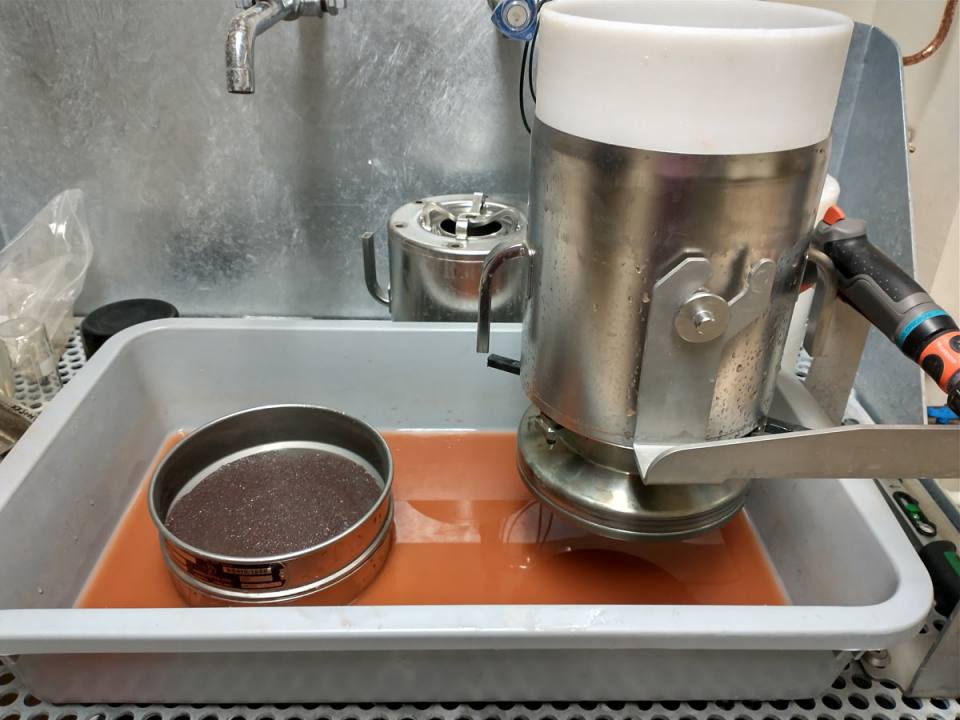
A Jurassic volcanic ash bed from the UK being processed to recover zircon crystals for high-precision U-Pb dating. Source: © Diana Sahy / BGS
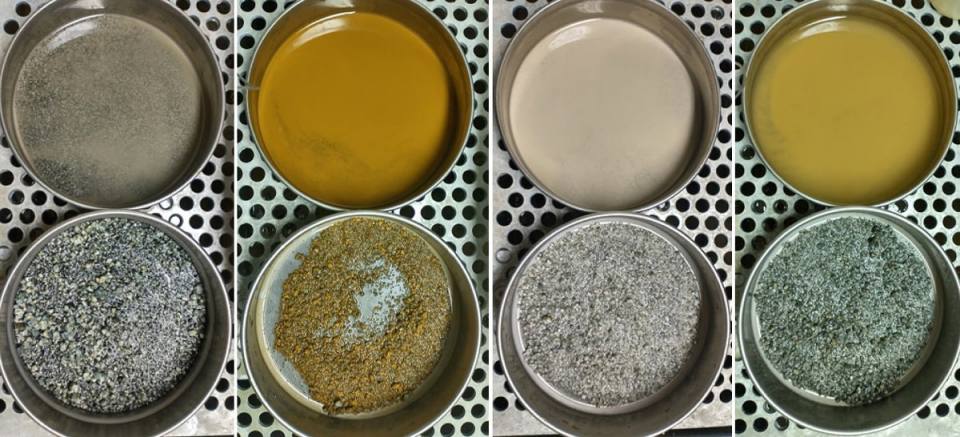
Processing a suite of rocks from the southwest Indian mid-ocean ridge. Differences in colour indicate different rock types and mineralogical compositions. Source: © Diana Sahy / BGS
As is often the case, modern technology comes to the rescue, in the form of a Selfrag (SELective FRAGmentation) instrument recently acquired by BGS with funding from UKRI. Made by Swiss company Selfrag, this is the first such instrument in the UK and one of only 40 around the world so far, with applications ranging from geoscience to ore processing in the mining industry and the recycling of electronic waste.
In the simplest of terms, the Selfrag is a machine that breaks up rocks and other materials using lightning. Granted, it is a small lightning strike, safely contained within a processing chamber and with about a million times less energy than the natural variety, but it is lightning nonetheless. The more scientific explanation is that the rocks are electrodynamically fragmented, which involves discharging up to 200 kV of electricity into the rock, five times per second, which then travels along a path of least resistance, normally the flat surfaces of minerals, causing the rock to selectively fragment along the boundaries between different minerals instead of through minerals, as can happen with mechanical crushing.
As the rock is essentially falling apart rather than being crushed, the process preserves the grainsize distribution of the original rock. This is important because we often want to recover multiple types of minerals and crystals of different sizes from the same rock. For example, we might look at layers of volcanic ash deposited around the time of major extinction event, such as the demise of the dinosaurs, and we might want to determine the age of those layers using multiple methods to ensure that the results are as accurate as possible. This would require us to recover 100 µm zircon crystals, a target mineral for U-Pb dating, and mm-scale feldspar, a target mineral for Ar/Ar dating from the same sample. Or we might want to recover a suite of different minerals of sizes ranging from microns to millimeters to chart the history of metamorphic rocks, the building blocks of mountain ranges. Paleontologists studying ancient ecosystems may want to look at a range of different microfossils of varying sizes, or may wish to recover both juvenile and adult populations of the same species.
To achieve these goals through crushing and milling, we would need to process several pieces of each sample separately, because milling rocks to a fine enough powder to liberate the tiniest crystals would destroy larger grains. With the Selfrag, the same result can be achieved using a single piece of rock in a fraction of the time required by conventional methods. Because samples are processed in an enclosed vessel, the chances of sample loss or contamination are reduced, which allows us to use smaller samples while eliminating most of the noise- and dust-related health and safety concerns associated with traditional rock processing.
Aside from the really cool science, the Selfrag has real-world applications as well. These applications are tied to the never-ending need for resources to fuel our modern lifestyles, and the requirement to improve our capacity to reuse and repurpose the resources we already have, to ensure said lifestyle becomes sustainable. Our laboratory-sized machine is being used to conduct experiments on the efficient fragmentation of metallic and non-metallic ores. The technology can then be scaled up to machines that can fragment many tonnes of rock per day improving the energy efficiency of ore processing in the mining industry. The recycling industry is another promising area of research and development where the goal is to become more efficient at recycling consumer electronics, which can be fragmented to separate out glass, plastic and metal components, as well as the recovery of metals from the ash produced by energy from waste incinerator plants.
The Selfrag machine at the British Geological Survey is a relatively ‘young’ instrument, having been commissioned in September 2020, and we are in the process of building up a network of UK partners across the geosciences and beyond, with the aim of helping the academic and industry community acquire better data on a wide range of materials. I look forward to developing this facility over the coming years, and exploring the limits of this technology to help read the stories of our past and write the stories of our future.
The Selfrag capability at BGS is part of the National Environmental Isotope Facility was made possible through NERC funding.
About the author

Dr Diana Sahy
Isotope research scientist
Diana Sahy is a geochronologist at the British Geological Survey, specialising in determining the age of rocks based on the radioactive decay of uranium. Diana leads the newly established Selfrag facility, as well as BGS’ uranium-thorium geochronology laboratory, where her main research focus is the timing, causes and environmental impact of seafloor methane emissions on a regional scale.
Find out moreRelative topics
Related news
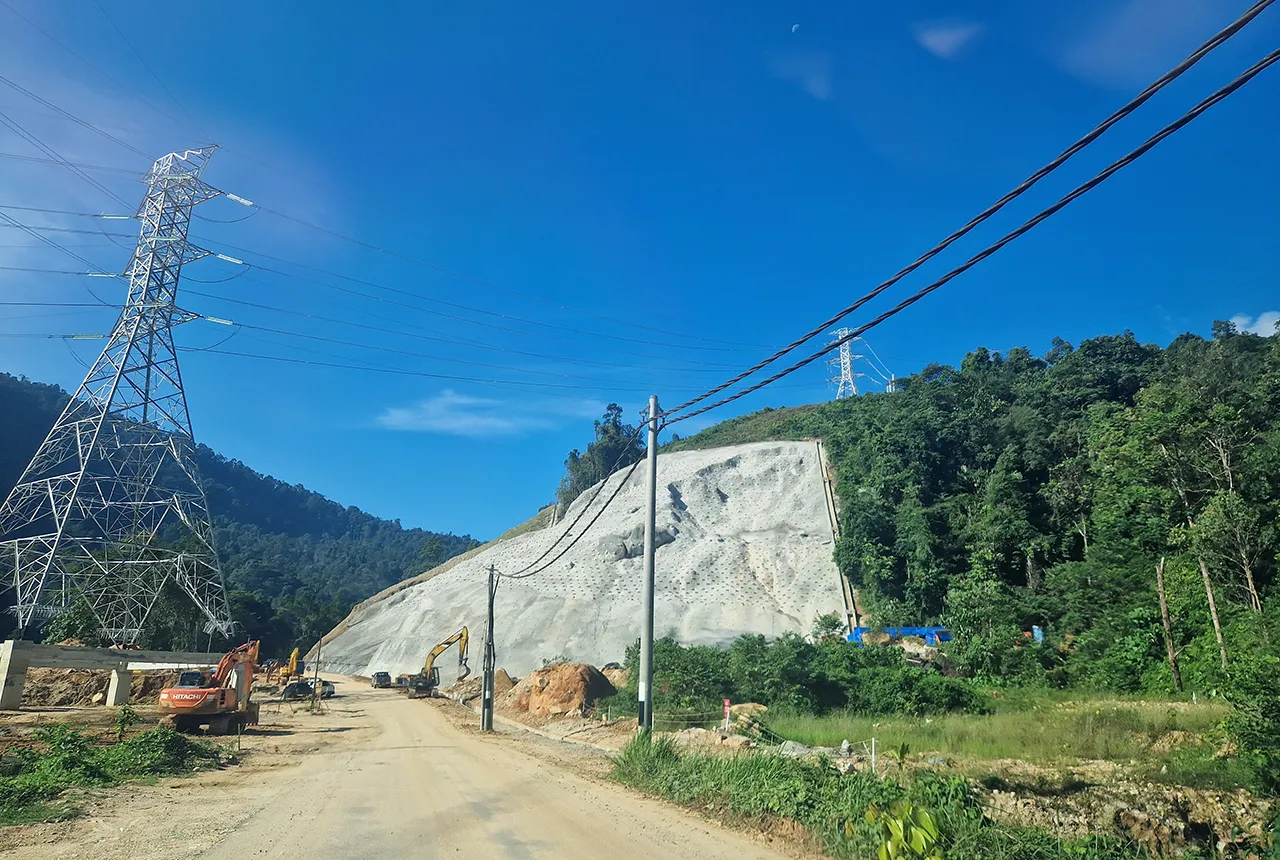
BGS awarded funding to support Malaysia’s climate resilience plan
17/12/2025
The project, funded by the Foreign, Commonwealth & Development Office, will focus on minimising economic and social impacts from rainfall-induced landslides.
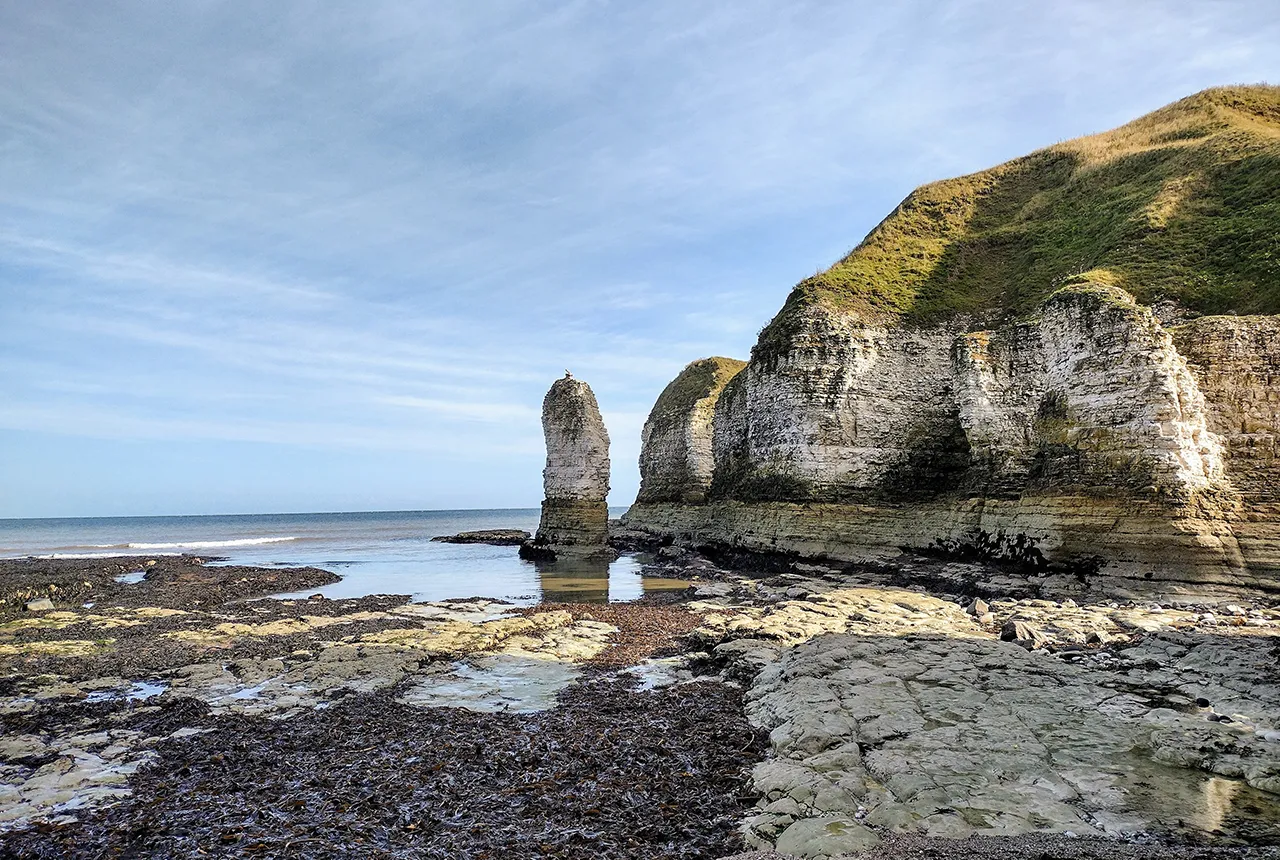
New geological maps of the Yorkshire Wolds to better inform groundwater management and policy decisions
17/12/2025
The new mapping provides crucial data on localised geological issues that may assist in protecting water supplies.
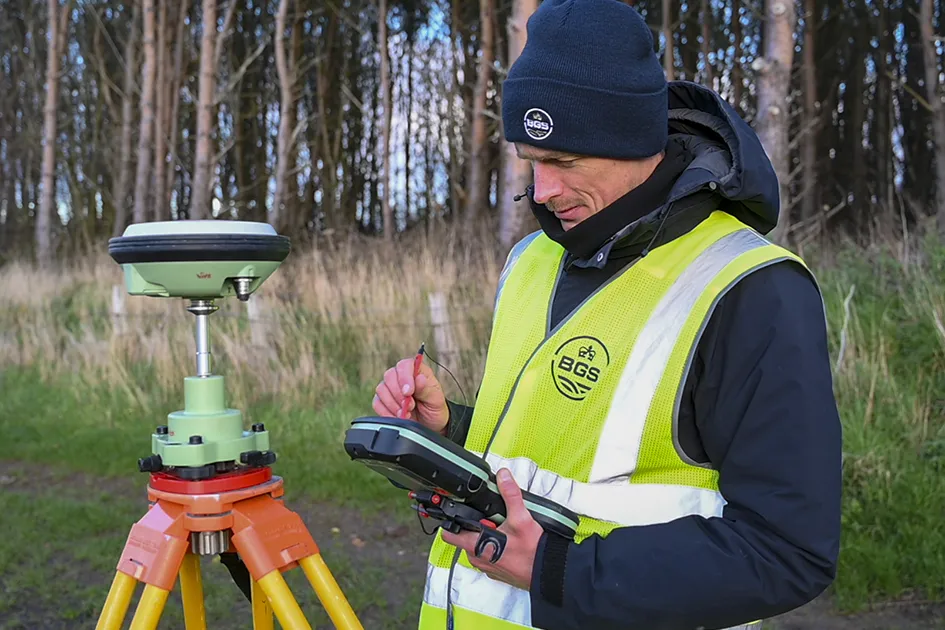
‘Three norths’ set to leave England and not return for hundreds of years
12/12/2025
The historic alignment of true, magnetic, and grid north is set to leave England, three years after they combined in the country for the first time since records began.
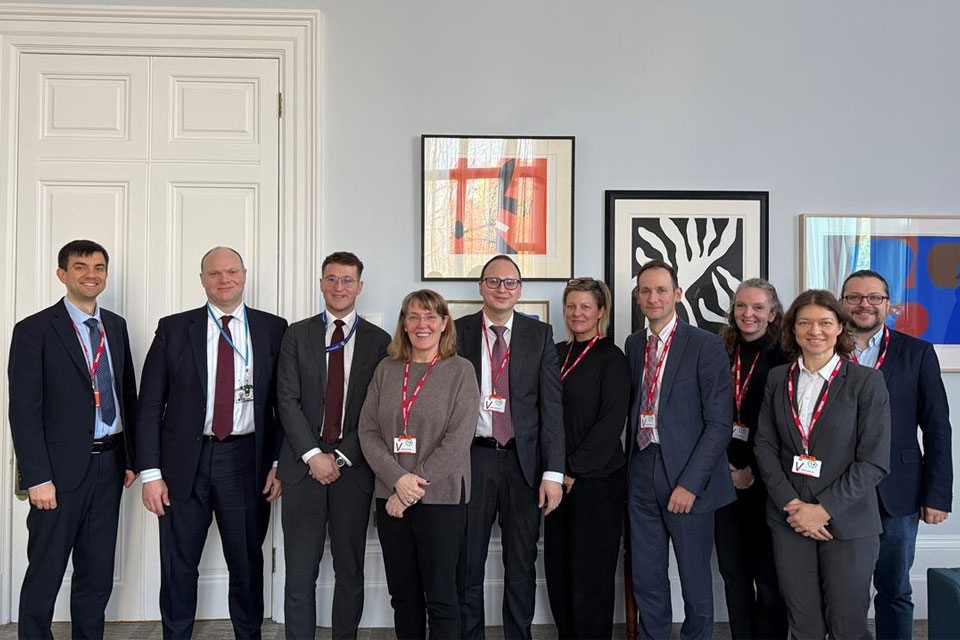
BGS agrees to establish collaboration framework with Ukrainian government
11/12/2025
The partnership will focus on joint research and data exchange opportunities with Ukrainian colleagues.
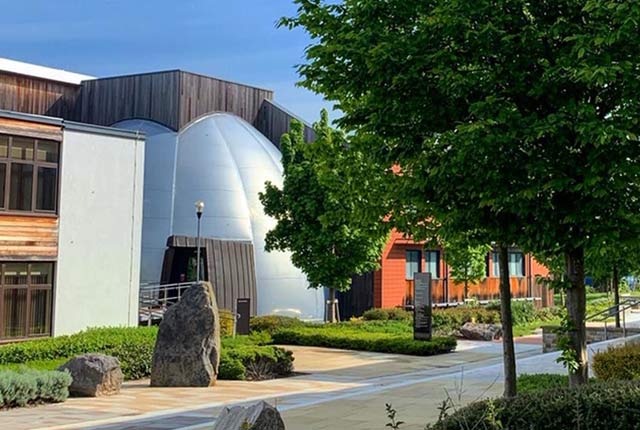
Making research matter: BGS joins leading research organisations in new national initiative
10/12/2025
A new alliance of 35 organisations has been formed that is dedicated to advancing science for the benefit of people, communities, the economy and national priorities.

New 3D model to help mitigate groundwater flooding
08/12/2025
BGS has released a 3D geological model of Gateshead to enhance understanding of groundwater and improve the response to flooding.
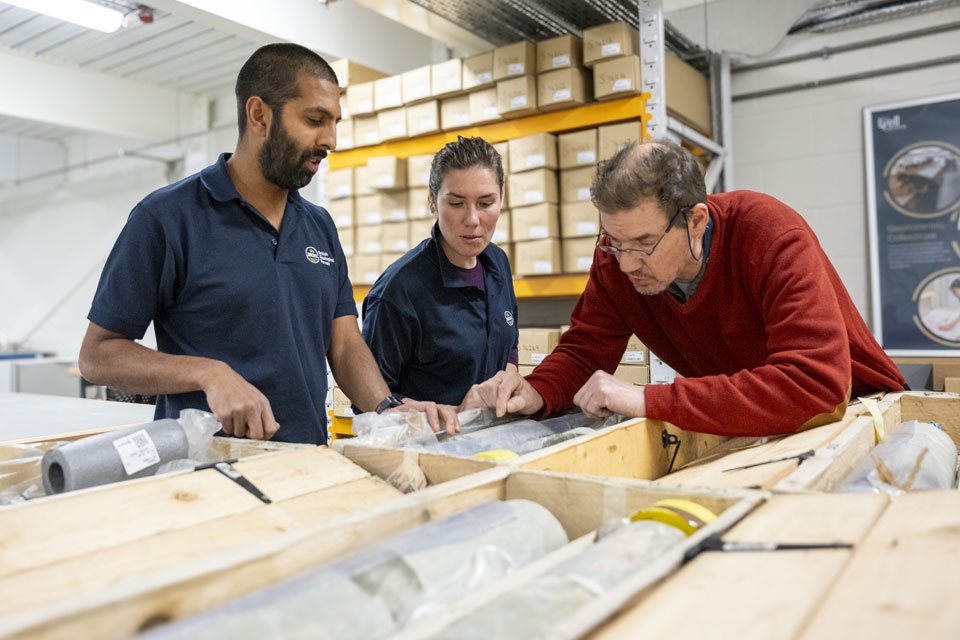
Scientists gain access to ‘once in a lifetime’ core from Great Glen Fault
01/12/2025
The geological core provides a cross-section through the UK’s largest fault zone, offering a rare insight into the formation of the Scottish Highlands.
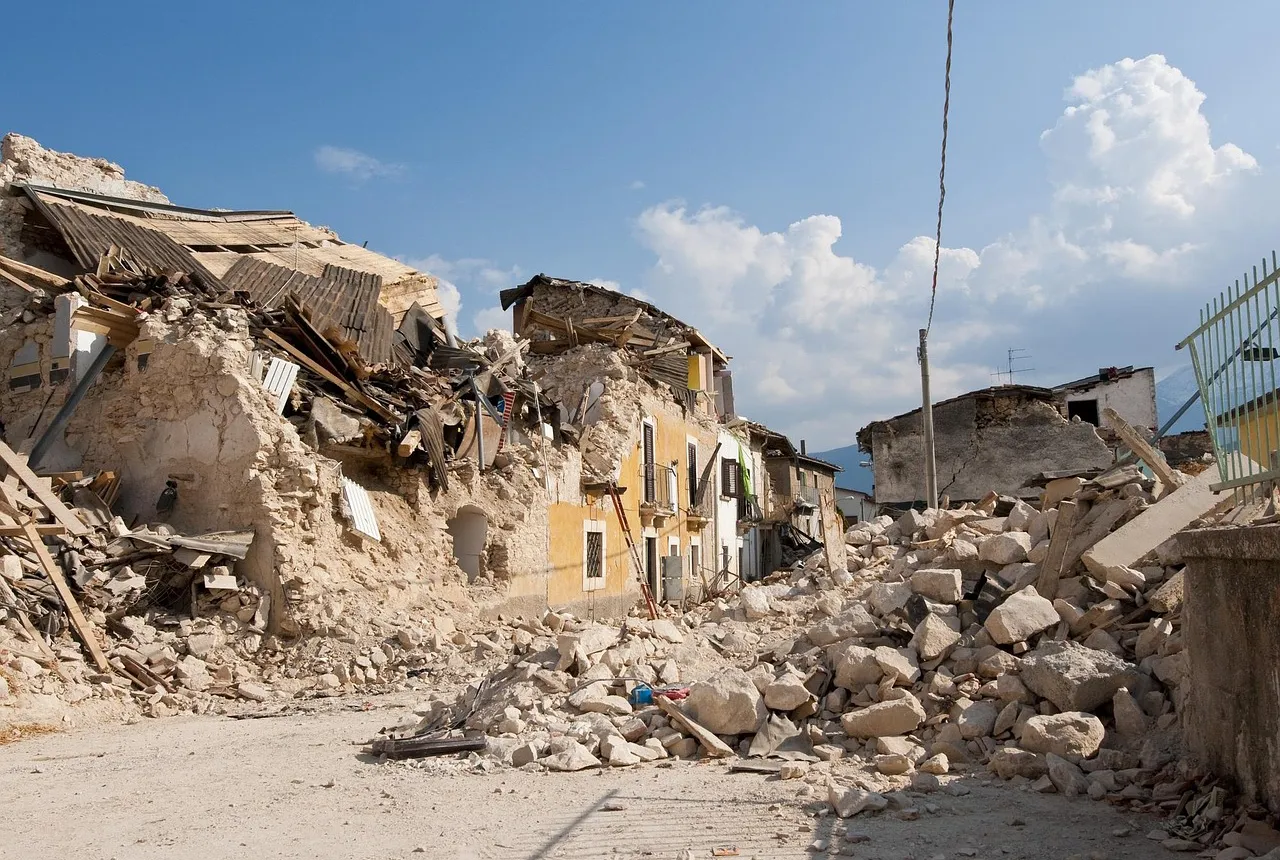
New research shows artificial intelligence earthquake tools forecast aftershock risk in seconds
25/11/2025
Researchers from BGS and the universities of Edinburgh and Padua created the forecasting tools, which were trained on real earthquakes around the world.
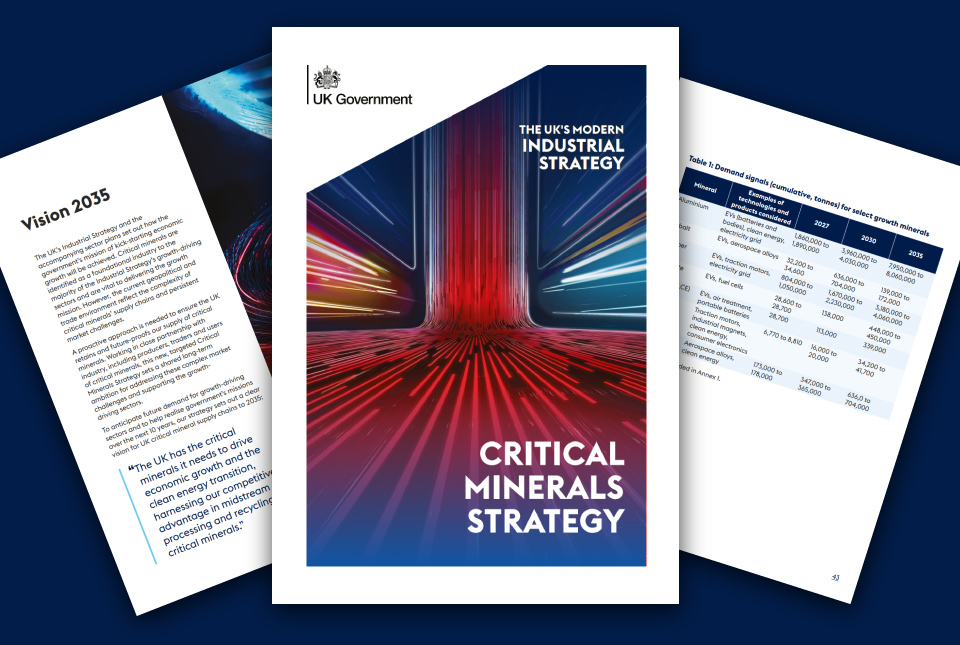
BGS welcomes publication of the UK Critical Minerals Strategy
23/11/2025
A clear strategic vision for the UK is crucial to secure the country’s long-term critical mineral supply chains and drive forward the Government’s economic growth agenda.

New funding awarded for UK geological storage research
21/11/2025
A project that aims to investigate the UK’s subsurface resource to support net zero has been awarded funding and is due to begin its research.

UK braced for what could be the largest solar storm in over two decades
12/11/2025
Intense geomagnetic activity could disrupt technology such as communication systems, global positioning systems and satellite orbits.
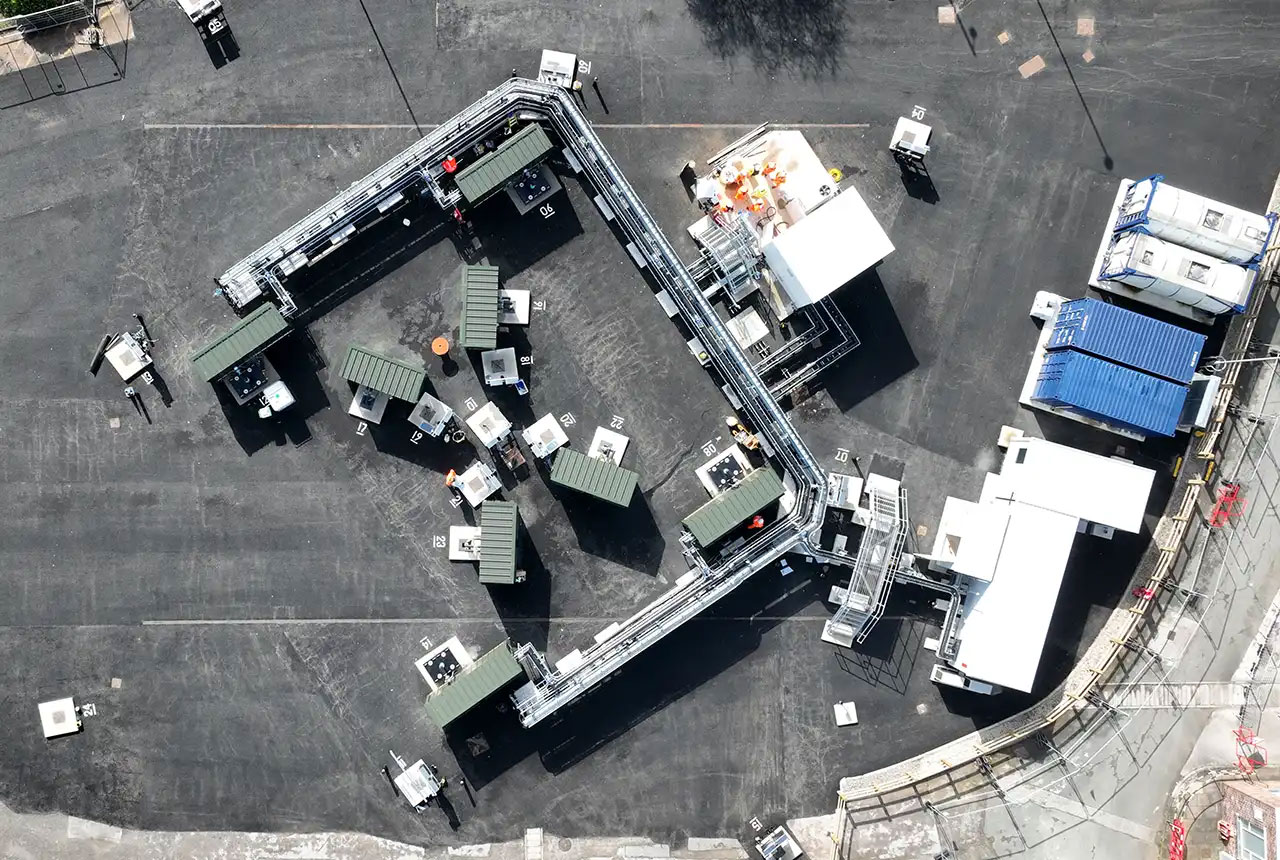
First distributed acoustic sensing survey completed at UK Geoenergy Observatory
12/11/2025
New research at the Cheshire Observatory has shown the potential for mapping thermal changes in the subsurface using sound waves.


